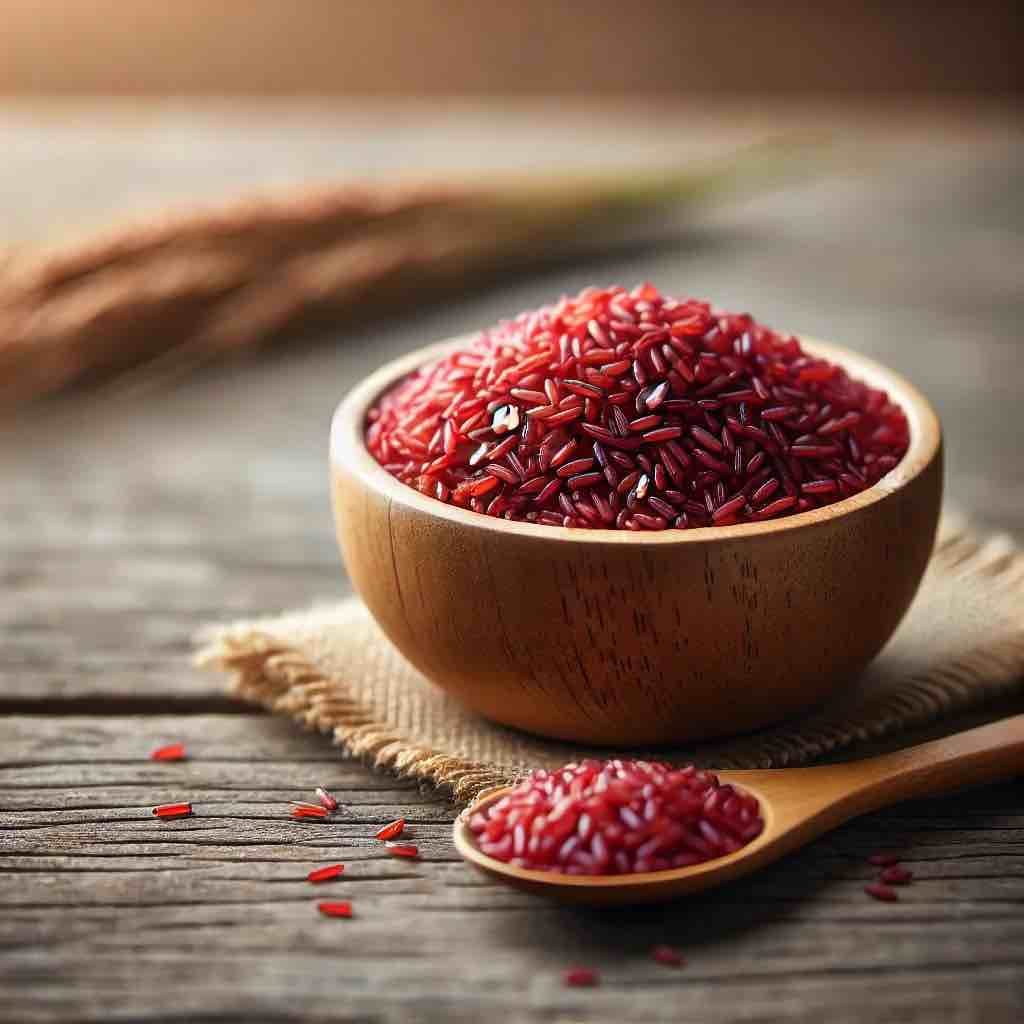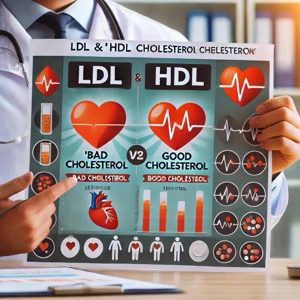Lipoprotein X (Cholesterol X)
Most discussions around cholesterol revolve around LDL (“bad”) and HDL (“good”) cholesterol. However, there is a lesser-known but medically significant form of cholesterol called Lipoprotein X, also known as Cholesterol X. This abnormal lipoprotein isn’t just a biochemical curiosity—it’s a biomarker for liver dysfunction and biliary diseases that could change the way clinicians interpret lipid profiles.
What is Lipoprotein X (Cholesterol X)?
Lipoprotein X (LPX) is an abnormal lipoprotein particle, distinguishable from LDL, HDL, and VLDL. It is rich in phospholipids and free (unesterified) cholesterol but notably lacks apolipoprotein B (apoB), which is crucial for LDL and VLDL transport. Lipoprotein X is not synthesized in the liver; rather, it forms due to impaired bile flow, often from cholestatic liver diseases or nephrotic syndrome.
LPX is not atherogenic like LDL, but its presence can distort standard lipid profiles and lead to misdiagnosis if not recognized.

How Does Cholesterol X Form?
The formation of Lipoprotein X is a secondary process, typically triggered by cholestasis (bile flow obstruction). When bile cannot flow properly into the intestines, its components, including cholesterol and phospholipids, accumulate in the liver and leak back into the bloodstream. Here, they bind with albumin, forming LPX.
Common causes include:
- Primary biliary cholangitis (PBC)
- Primary sclerosing cholangitis (PSC)
- Biliary atresia
- Obstructive gallstones
- Cirrhosis and end-stage liver disease
Key Features of Lipoprotein X
- High in free cholesterol and phospholipids
- Low triglyceride content
- Lacks apolipoprotein B (apoB)
- Non-atherogenic but mimics LDL in some assays
- Causes pseudo-hypercholesterolemia
Why Lipoprotein X Matters
For clinicians, identifying LPX is crucial in avoiding misdiagnoses. Patients with cholestatic conditions may show extremely elevated total cholesterol on standard lipid panels. However, treating such patients with statins could be ineffective or even harmful if the root cause is LPX rather than elevated LDL.
Clinical Pearl: If a patient has unexplained high cholesterol with normal or declining LDL levels despite statin therapy, consider testing for LPX.
Diagnosing Lipoprotein X
Conventional lipid panels can’t differentiate LPX from other lipoproteins. The following advanced diagnostics are used:
- Lipoprotein electrophoresis: Separates different lipoproteins based on size and charge
- Ultracentrifugation: Isolates LPX for confirmation
- Liver function tests (LFTs): To check for underlying hepatic abnormalities
- Immunoassays: To determine the absence of apoB in suspected LPX
Lipoprotein X vs LDL: Key Differences
| Feature | LDL | Lipoprotein X |
|---|---|---|
| ApoB content | Present | Absent |
| Cholesterol type | Esterified | Unesterified (free) |
| Triglyceride content | Moderate | Low |
| Source | Liver synthesis | Cholestasis-related |
| Atherogenicity | High | Low |
Treatment and Management
There is no specific treatment for LPX itself. The goal is to treat the underlying condition:
- Biliary obstruction: Surgical or endoscopic relief
- Autoimmune cholestasis: Immunosuppressants or liver transplant
- Nephrotic syndrome: Diuretics, ACE inhibitors, or steroids
Reducing LPX levels is typically a byproduct of resolving the root pathology.
Interlinked Insight: The Connection Between LPX and Liver X Receptor (LXR)
The role of LPX in liver disease goes beyond being a passive marker. It interacts with Liver X Receptors (LXRs), nuclear receptors involved in lipid metabolism and inflammation. Discover how this relationship could redefine liver therapy in our deep-dive Lipoprotein X and Liver Disease (Lipoprotein x Liver LXR connection)article.
Final Thoughts
Lipoprotein X may be unfamiliar to most, but it is a crucial clue in diagnosing complex hepatic and renal disorders. Understanding this particle equips you to question abnormal cholesterol readings and look deeper into liver health.
If your lipid panel tells one story but your symptoms say another, perhaps it’s time to ask: Could it be Lipoprotein X?
FAQs
Q1: What is Lipoprotein X (LpX)?
A: Lipoprotein X is an abnormal lipoprotein particle composed mostly of unesterified cholesterol and phospholipids. It is typically found in patients with cholestatic liver disease or familial lecithin-cholesterol acyltransferase (LCAT) deficiency.
Q2: Why is Lipoprotein X called Cholesterol X?
A: It’s nicknamed Cholesterol X due to its high cholesterol content and unique structure that doesn’t behave like normal cholesterol in lipid profiles, often leading to diagnostic confusion.
Q3: What causes Lipoprotein X to appear in the blood?
A: LpX forms when bile flow is obstructed (cholestasis), allowing biliary lipids to leak back into the bloodstream. It can also arise in rare inherited conditions like LCAT deficiency.
Q4: How does Lipoprotein X affect cholesterol tests?
A: It can falsely elevate LDL cholesterol in blood tests, creating the illusion of high cardiovascular risk even though it’s not atherogenic like typical LDL particles.
Q5: How is Lipoprotein X diagnosed?
A: LpX can be detected through lipoprotein electrophoresis, ultracentrifugation, or using nuclear magnetic resonance (NMR) lipoprotein profiling, especially when standard cholesterol tests seem inconsistent with clinical findings.
Q6: Is Lipoprotein X dangerous?
A: While LpX itself isn’t atherogenic, its presence signals serious liver or kidney dysfunction. Managing the underlying cause is key.
Q7: Can Lipoprotein X be treated?
A: There is no direct treatment for LpX; addressing the underlying condition (e.g., resolving bile duct obstruction) usually causes LpX to disappear from the blood.
Sources & Acknowledgments
This article is based on data from reputable sources, including:
- ClinicalTrials.gov – Providing the latest clinical trial information.
- OpenFDA – Offering reliable drug and medical device data.
















